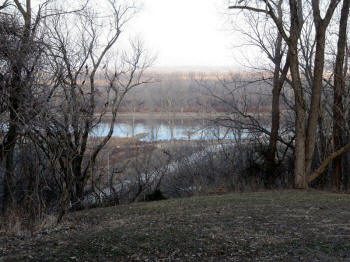|
Battle of Lexington,
Missouri Page4 Battle of Lexington Page1 2 3 4 5 6 Next |
||
 |
||
|
(February 2013)
Enlarge Position of the Steamer
Clara Bell on the Missouri River. Clara Bell: Union
Side-wheel steamer. 200 tons. Length 139 ft, beam 28 ft, depth 5 ft 6
inches. Built in 1860 at Louisville. |
(February 2013)
Enlarge The Battle of Lexington
Monument (on the main battlefield). |
|
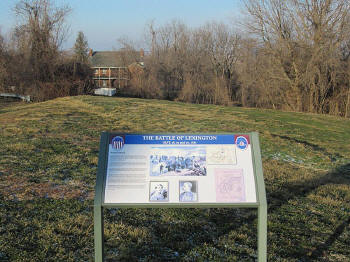 |
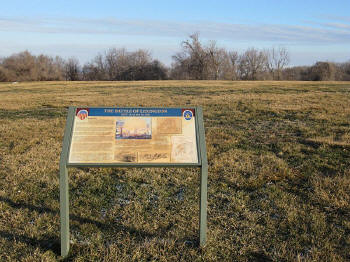 |
|
|
(February 2013)
Enlarge Marker
Detail The Battle of Lexington
marker (Hospital Attack). Rear of the Anderson House in background.
Addition information |
(February 2013)
Enlarge Marker
Detail The Battle of Lexington
marker (Battlefield).
Additional information |
|
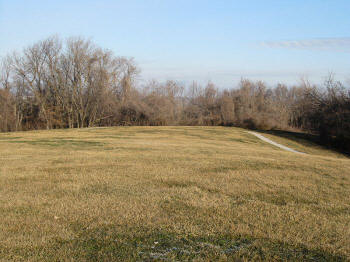 |
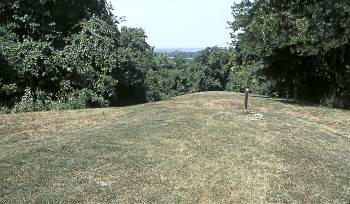 |
|
|
(February 2013)
Enlarge Main battlefield
(Confederate troops climbed the bluffs of the
Missouri River pushing hemp
bales up the bluff to defeat the Union positions). |
(2002) On September 20th,
the last day of the Battle, brief hand to hand combat took place here as
State Guard troops under
Colonel Martin Green
charged up the slope to engage thirsty and fatigued Union troops under
Major F.W. Becker. Mulligan
and Price allegedly exchanged messages about a possible Union surrender.
Around this time, the Missouri State Guard had completely encircled the
Union earthworks and began advancing up the slope using hemp bales which
were rolled in front of them as cover. |
